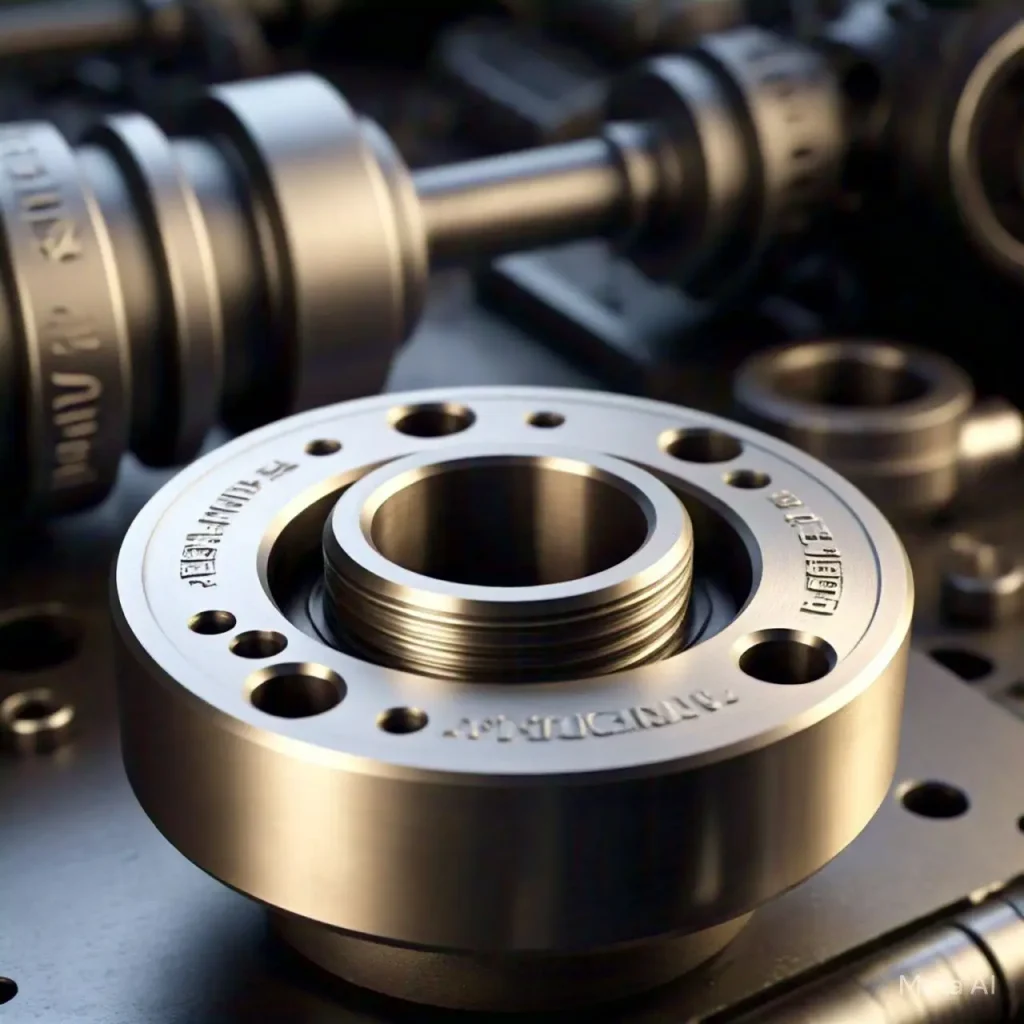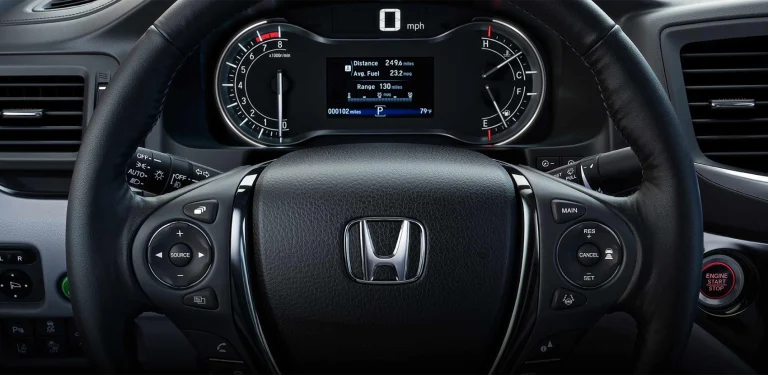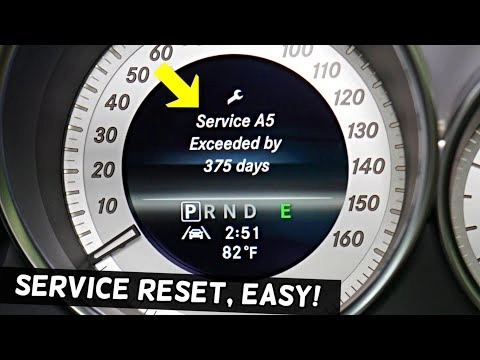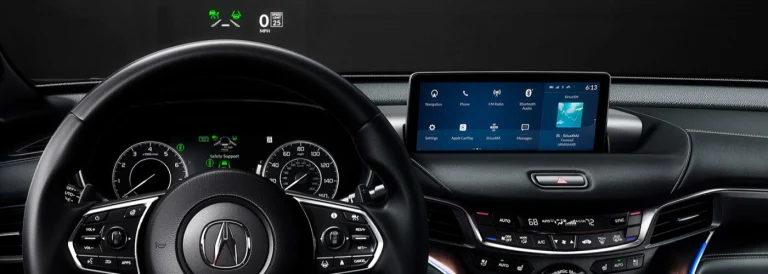Understanding TKX Transmission Pilot Bearing Size: A Comprehensive Guide
While redesigning or fixing your vehicle’s transmission system, understanding the right pilot bearing size is pivotal. For vehicle lovers and mechanics, the TREMEC TKX transmission has turned into a well-known decision because of its flexibility and execution. However, selecting the right TKX transmission pilot bearing size operates smoothly and efficiently.
What Is a TKX Transmission Pilot Bearing Size?
A pilot bearing is a small yet fundamental part of your vehicle’s drivetrain. It sits at the focal point of the flywheel and interfaces the motor’s driving rod to the transmission’s feedback shaft. This association guarantees the smooth commitment and separation of the grip. The pilot bears back the information shaft, lessening mileage on the transmission and guaranteeing exact arrangement.
Why Is the Correct Pilot Bearing Size Important?
The pilot bearing size straightforwardly influences the arrangement of the information shaft and driving rod. Utilizing an erroneous size can prompt misalignment, expanded vibration, and untimely wear of the transmission. In most pessimistic scenario situations, it could bring about transmission disappointment. Ensuring the correct pilot bearing size for your TKX transmission is vital for optimal performance and durability.
The TKX Transmission: A Brief Overview
The TREMEC TKX is a cutting-edge, elite execution 5-speed manual transmission. Fitting both GM and Passage applications, making it number one among exemplary vehicle restorers and execution enthusiasts, is planned. The TKX offers smoother shifts, higher RPM capacities, and brilliant strength, making it an ideal decision for those looking for a solid transmission overhaul.
Determining the TKX Transmission Pilot Bearing Size
The pilot bearing size for a TKX transmission depends on your vehicle’s engine and its manufacturer. Below are some general guidelines:
GM Applications
- Most GM engines with a TKX transmission use a pilot bearing size of 0.590 inches.
- Verify compatibility with your engine’s crankshaft to ensure a snug fit.
Ford Applications
- Ford engines typically use a pilot bearing size of 0.668 inches.
- Some variations may exist based on the engine model and year.
Aftermarket and Custom Applications
- If you’re using a non-standard or custom setup, consult your transmission supplier or engine manufacturer.
- Accurate measurements and professional advice are key to selecting the correct size.
How to Measure for the Correct Pilot Bearing
To decide the right pilot bearing size for your TKX transmission, follow these means:
- Inspect the Crankshaft Bore: Measure the inward width of the driving rod bore where the pilot bearing will sit.
- Check the Input Shaft: Measure the breadth of the transmission’s feedback shaft to guarantee similarity.
- Use Precision Tools: Use calipers or micrometers for exact estimations.
- Cross-Reference Specifications: Counsel the TKX transmission manual or your motor producer’s particulars.
Signs of a Faulty Pilot Bearing
A harmed or worn pilot bearing can adversely influence your vehicle’s exhibition. Pay special attention to these signs:
- Grinding Noise: A weak bearing frequently delivers a crushing or whimpering clamor.
- Difficulty Shifting Gears: Misalignment brought about by a defective bearing can make gear changes harder.
- Clutch Vibration: Exorbitant vibration during grasp commitment or separation is a typical side effect.
- Increased Wear: Untimely wear on the info shaft or grip parts might demonstrate pilot bearing issues.
If you notice any of these signs, inspect and replace the pilot bearing immediately to prevent further damage.
Installing the Pilot Bearing for TKX Transmission
Appropriate establishment is basic to guarantee your TKX transmission works flawlessly. Here is a bit by bit guide:
- Remove the Old Bearing: Utilize a pilot-bearing expulsion instrument to extricate the ragged or harmed bearing.
- Clean the Bore: Completely clean the driving rod bore to eliminate soil and garbage.
- Align the New Bearing: Spot the new pilot bearing into the drag, it is accurately adjusted to guarantee it.
- Press the Bearing: Use a bearing driver or a socket to gently press the bearing into place. Avoid using excessive force.
- Check Alignment: Verify that the pilot bearing is seated evenly and aligns perfectly with the input shaft.

Where to Buy the Right Pilot Bearing
Pilot bearings for TKX transmissions are widely available at automotive supply stores, online retailers, and directly from TREMEC or authorized distributors. Always choose high-quality bearings to ensure longevity and reliability.
Tips for Maintaining Your TKX Transmission
- Regular Inspections: Intermittently check the pilot bearing and other drivetrain parts for wear.
- Use Quality Parts: Put resources into veritable or top-notch resellers to and exchange parts for substitutions.
- Follow Maintenance Guidelines: Comply with TREMEC’s suggested support plan.
- Seek Professional Help: If unsure, consult a professional mechanic for accurate installation and maintenance.
For more, read: 99 GMC K1500 Suburban Timing Issues
Final Thoughts
Understanding the right TKX transmission pilot bearing size is fundamental for smooth activity and life span. By keeping the rules illustrated in this article, you can guarantee your transmission performs ideally, diminishing the gamble of expensive fixes. Whether you’re a carefully prepared repairman or a vehicle fan, concentrating on legitimate estimations and quality parts will take care of over the long haul.






